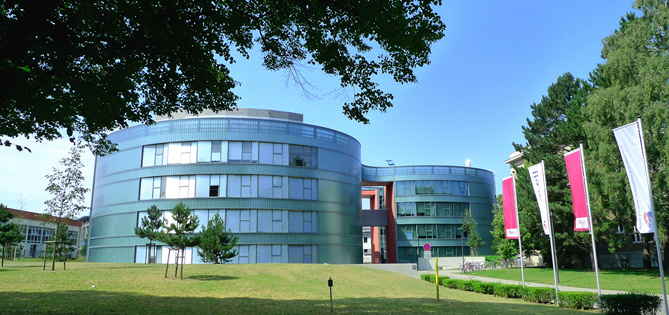J Cell Mol Med. 2012 Nov;16(11):2620-30.
Senescence determines the fate of activated rat pancreatic stellate cells.
Fitzner B, Müller S, Walther M, Fischer M, Engelmann R, Müller-Hilke B, Pützer BM, Kreutzer M, Nizze H, Jaster R.
In chronic pancreatitis (CP), persistent activation of pancreatic stellate cells (PSC) converts wound healing into a pathological process resulting in organ fibrosis. Here, we have analysed senescence as a novel mechanism involved in the termination of PSC activation and tissue repair. PSC senescence was first studied in vitro by establishing long-term cultures and by applying chemical triggers, using senescence-associated β-Galactosidase (SA β-Gal) as a surrogate marker. Subsequently, susceptibility of PSC to immune cell-mediated cytolysis was investigated employing cocultures. Using the model of dibutyltin dichloride-induced CP in rats, appearance of senescent cells was monitored by immunohistochemistry and immunofluorescence, and correlated with the progression of tissue damage and repair, immune cell infiltration and fibrosis. The results indicated that long-term culture and exposure of PSC to stressors (doxorubicin, H(2) O(2) and staurosporine) induced senescence. Senescent PSC highly expressed CDKN1A/p21, mdm2 and interleukin (IL)-6, but displayed low levels of α-smooth muscle actin. Senescence increased the susceptibility of PSC to cytolysis. In CP, the number of senescent cells correlated with the severity of inflammation and the extension of fibrosis. Areas staining positive for SA β-Gal overlapped with regions of fibrosis and dense infiltrates of immune cells. Furthermore, a close physical proximity of immune cells and activated PSC was observed. We conclude that inflammation, PSC activation and cellular senescence are timely coupled processes which take place in the same microenvironment of the inflamed pancreas. Lymphocytes may play a dual-specific role in pancreatic fibrogenesis, triggering both the initiation of wound healing by activating PSC, and its completion by killing senescent stellate cells.

Kontakt
Institut für Experimentelle Gentherapie und Tumorforschung
Core-Facility Virale Vektor & Genom-Editing Technologien
Biomedizinisches Forschungszentrum
Schillingallee 69
D-18057 Rostock
Sekretariat
Ingrid Winkler
(+49) 381 494-5066(+49) 381 494-5062
ingrid.winkler@med.uni-rostock.de
Department Leben, Licht & Materie
Forschungsbau LL&M
Albert-Einstein-Str. 25
D-18059 Rostock
Forschungsbau LL&M
Albert-Einstein-Str. 25
D-18059 Rostock




